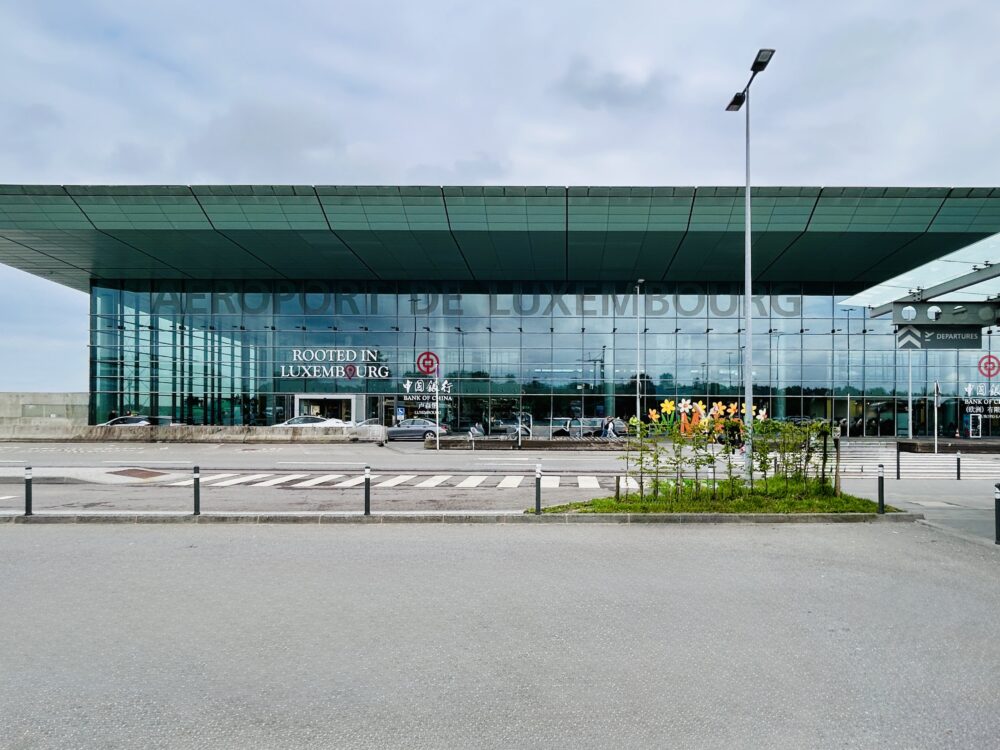On 14 June 1985, five European nations — Belgium, France, Germany, Luxembourg, and the Netherlands — signed the Schengen Agreement in the small Luxembourgish village of Schengen. This historic treaty laid the groundwork for the abolition of internal border controls, allowing people to travel freely across participating countries without passport checks.
The Schengen Area officially came into effect on 26 March 1995, initially comprising seven countries. Over the years, it expanded through multiple waves of accession, gradually transforming into the vast borderless zone we know today.
The Expansion of Schengen
The Schengen Area has grown significantly since its inception, now encompassing 29 countries. The expansion occurred in several phases:
- 1990s: Italy (1990), Portugal and Spain (1991), Greece (1992), Austria (1995), and the Nordic countries—Denmark, Finland, Sweden, Iceland, and Norway (1996).
- 2000s: The early 2000s saw the accession of Central and Eastern European nations, including Czechia, Estonia, Hungary, Latvia, Lithuania, Malta, Poland, Slovakia, and Slovenia (2003). Switzerland joined in 2004, followed by Bulgaria and Romania (2005) and Liechtenstein (2008).
- 2010s and beyond: Croatia became the latest member in 2011, and Bulgaria and Romania completed their full accession on 1 January 2025.
Free Movement: A Founding Principle of the EU
The free movement of people is one of the four fundamental freedoms of the European Union, alongside the free movement of goods, services, and capital. Established in the 1957 Treaty of Rome, this principle was designed to create a unified internal market, fostering economic growth and closer relations among member states.
The Maastricht Treaty of 1992 further strengthened this right by introducing EU citizenship, granting every citizen of a member state the ability to travel, live, and work freely within the EU. The Schengen Agreement complemented this principle by removing internal border checks, making travel across Europe seamless.
Non-EU Members in Schengen
While the Schengen Area is closely linked to the European Union, four non-EU countries — Iceland, Norway, Switzerland, and Liechtenstein — are full members. These nations participate in Schengen cooperation through agreements with the EU, allowing them to benefit from free movement while maintaining their sovereignty.
Additionally, Monaco, San Marino, Andorra, and Vatican City are de facto part of Schengen, as they have open borders with Schengen countries.
EU Countries Outside Schengen
Despite the widespread adoption of Schengen, two EU member states remain outside the area:
- Ireland: Opted out of Schengen due to its Common Travel Area agreement with the UK.
- Cyprus: Committed to joining but has yet to abolish internal border controls due to political complexities.
The Impact of Schengen
Today, Schengen guarantees free movement for over 450 million people. It has revolutionised travel, trade, and economic cooperation, eliminating border delays and fostering a sense of European unity. The agreement also enhances security through shared databases and coordinated border management.
As we celebrate the 40th anniversary of the Schengen Treaty, the old customs house in Echternach, Luxembourg stands a symbol of controlled movement and trade regulation. The building has stood for decades as a checkpoint for travellers and merchants crossing the bridge to Echternacherbrück. Bearing the inscription “Douane / Zoll,” it was staffed by customs officers who ensured compliance with tariffs, inspected goods, and monitored border activity. Before the Schengen Treaty, crossing this border required formal documentation, and customs officials played a crucial role in preventing smuggling and enforcing trade laws.
The building witnessed countless historical events, including wartime disruptions and economic shifts that influenced cross-border trade. With the gradual suppression of European borders following the Schengen Agreement, the customs house lost its original function, becoming a quiet reminder of an era when borders were tangible barriers rather than open gateways.
#Schengen40 #EuropeanIntegration #BorderlessEurope #SchengenTreaty #FreeMovement












